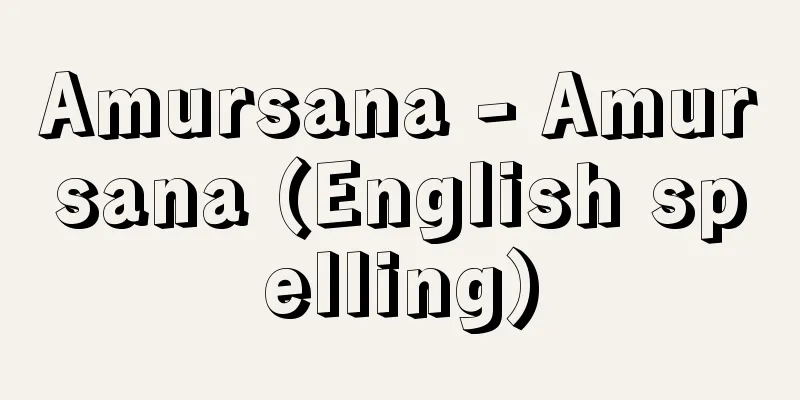Gold cloth - Kanakin

|
It is said to be derived from the Portuguese word canequine, and has been used to refer to cotton fabrics imported from the south in the 15th and 16th centuries. It generally refers to a thin plain-woven fabric made from 30-40 count cotton yarn. Fine count yarns (40 count or more) that are bleached, starched, and rolled are called calico or cambric. There are two-width, medium-width, and three-width gold cloths depending on the width (one width is about 1 shaku (1 shaku) = about 38 cm), and depending on the processing, there are bleached gold cloths, colored gold cloths, and sarasa gold cloths (referring to printed gold cloths). These are widely used as clothing, and white tabi socks and kappogi (aproximity apron) have been well known since ancient times, and narrower widths have been used as moss linings for Japanese clothing. Nowadays, there is a strong trend towards luxury fabrics, and the fabric is now shifting to broadcloth, which is often used for sheet fabrics. [Kadoyama Yukihiro] Source: Shogakukan Encyclopedia Nipponica About Encyclopedia Nipponica Information | Legend |
|
ポルトガル語のカネキンcanequineから出たことばといわれ、15、16世紀ごろに南方から舶来された綿織物をさすことから使われてきた。一般には30~40番手の綿糸で平織にした薄織物をさす。とくに細番手(40番手以上のもの)で、漂白したのち糊(のり)付け加工・ロール(圧延)加工したものをキャリコ(キャラコ)、キャンブリックとよんでいる。種類は、幅の広狭によって二幅、並幅、三幅金巾(一幅とは鯨(くじら)1尺=約38センチメートル)などや、加工によって晒(さらし)金巾、色金巾、更紗(さらさ)金巾(捺染(なっせん)金巾のことをさす)などがある。これらは衣料として広く用いられ、白足袋(たび)、割烹着(かっぽうぎ)などは古くからよく知られ、小幅のものはモス裏として和服の裏地に使われてきた。現在では高級化の指向が強く、ブロード地へ移行しており、シーツ地によく使われている。 [角山幸洋] 出典 小学館 日本大百科全書(ニッポニカ)日本大百科全書(ニッポニカ)について 情報 | 凡例 |
<<: Kanakurayama Kofun - Kanakurayama Kofun
>>: Metal cutting saw - Metal cutting saw
Recommend
Durian - Dorian (English spelling) durian
An evergreen tall tree of the Bombacaceae family ...
The Righteous Alliance
A secret society formed in the mid-1830s by German...
Pappos
…For example, in the figure, let D be a disk of r...
Studs Lonigan (English)
…He was born and raised in Chicago's South Si...
Chick Corea
… [Shoichi Yui]. … *Some of the terminology that ...
Lasiorhinus latifrons (English spelling)
…A burrowing marsupial with teeth similar to thos...
Russian Empire - Rossia (English spelling) Россия/Rossiya
A large empire that existed from eastern Europe t...
Lorenz Christoph Mizler
1711‐78 German music critic. He entered the Univer...
Gokase [town] - Gokase
A town in Nishiusuki County in the northern part o...
Takamimusubi no Mikoto - Takamimusubi no Mikoto
A god in Japanese mythology. In the Kojiki, he is ...
Wood-rotting beetle - Allecula melanaria
An insect of the family Carnivora in the order Col...
Peroxo acid (English spelling)
This refers to an oxoacid in which O 2 2- is coord...
Gantt Bonus Plan
...However, for business managers, the ideal has ...
Mount Monadnock
A mountain in southwestern New Hampshire, USA. It ...
English, J. (English spelling) EnglishJ
… In 1927, B. Wehnelt, a student of Haberland, fo...









